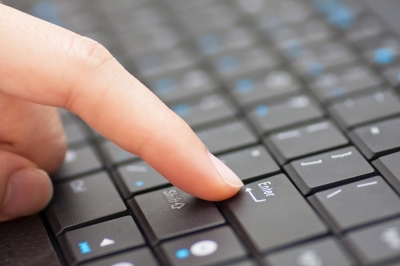 The Bureau of Customs (BOC) will soon issue new rules on the submission of sea manifest and import entry, bringing the deadline for submissions earlier than currently required.
The Bureau of Customs (BOC) will soon issue new rules on the submission of sea manifest and import entry, bringing the deadline for submissions earlier than currently required.
BOC deputy commissioner for Assessment and Operations Atty. Agaton Teodoro Uvero said that based on instructions from Commissioner Alberto Lina, who was in the US last week for meetings at the US Customs and Border Protection National Targeting Center, the BOC will require submission of the sea manifest 24 hours before vessel departure, and the filing of import entry 24 hours before vessel arrival.
Under current rules, the inward foreign manifest (IFM) should be submitted at least 12 hours before arrival of vessel. The import entry, on the other hand. may be filed any time after validation of the electronic IFM (e-IFM) and electronic consolidated cargo manifest (e-CCM).
Uvero told PortCalls the revised policy, which may take effect in two to three months, will give BOC more time to screen imports, further improving the agency’s risk assessment capability.
He noted the implementing rules are now being prepared and very soon there will be consultations with members of the Association of International Shipping Lines (AISL) and Philippine International Seafreight Forwarders Association.
Asked for comment, AISL general manager Atty. Maximino Cruz told PortCalls he can only issue a statement after the consultation, set in early September.
A source from the forwarding industry, however, said they are hoping there was some other way for the BOC to accomplish its job of providing better risk assessment outside of revising already established manifest and import entry submission deadlines.
Leo Morada, CEO of BOC-accredited value-added service provider Cargo Data Exchange Corp, told PortCalls resetting the deadline for the submission of the manifest to 24 hours before vessel departure may be “difficult because the BOC cannot impose on shipping lines how fast they should book cargo and load containers in ports of origin.”
The scheme may fare better in the airfreight community, he added. “Based on the experience of express operators FedEx and DHL, the airfreight manifest is already available 24 hours before departure of the aircraft.”
Morada, who writes an IT column for PortCalls entitled ITinerary, said issues requiring clarification include the following:
- Will shipping lines and non-vessel operating common carriers (NVOCC) continue to separately submit e-IFM and e-CCM or will BOC require only the carriers to simultaneously submit both e-IFM/e-CCM?
- Since accurate identification of shipments intended for Philippine Economic Zone Authority (PEZA) zones is not always possible during the carrier and NVOCC cargo booking process at original port of origin, will BOC continue to implement strict rules on amendment of bill of lading nature code for import shipments consigned to PEZA locators?
- If advance submission 24 hours before vessel departure is implemented, will BOC completely eliminate the requirement for shipping lines and NVOCCs/forwarders to separately submit hard copies of the IFM?
Automating processes for balikbayan boxes
Meanwhile, BOC also intends to automate submission of manifests for balikbayan (personal effects) boxes in line with its general thrust to automate and streamline processes.
Uvero said the BOC is now inspecting balikbayan boxes more closely after recent discovery that they were being used to transport high-value commercial cargoes, causing government to lose at least P50 million in duties and taxes each month.
By October, BOC will adopt stricter policies on such shipments.
READ: BOC to tighten rules on balikbayan boxes
Image courtesy of thepathtraveler at FreeDigitalPhotos.net





